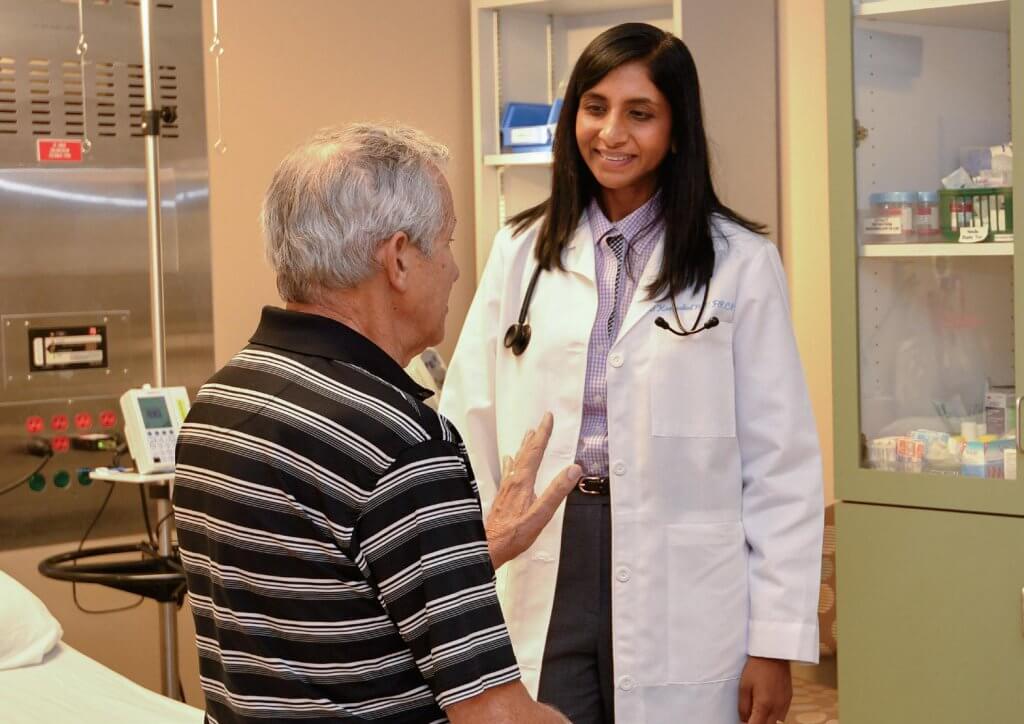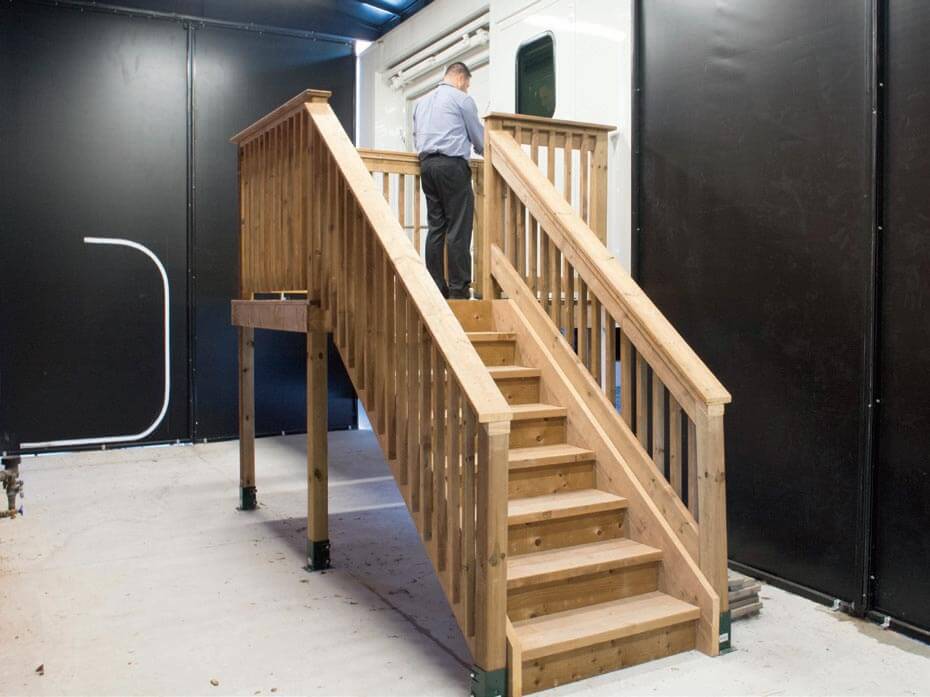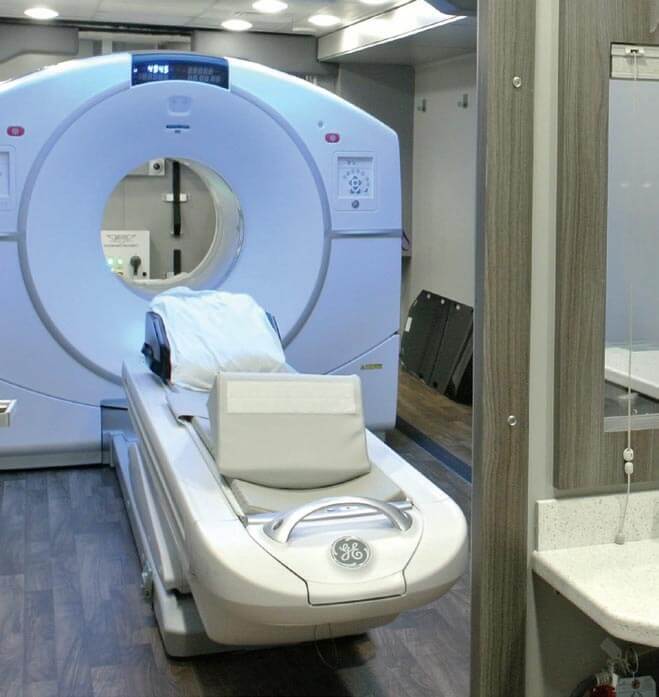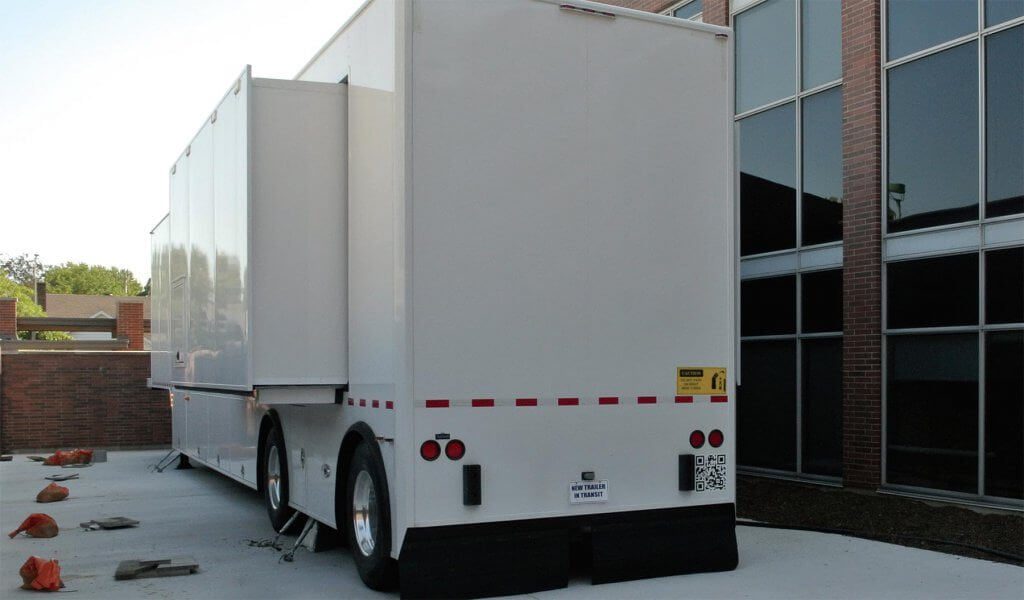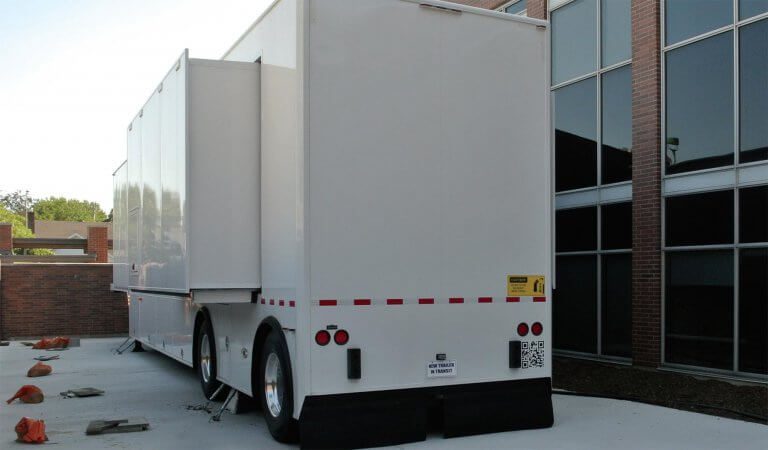In August 2019, Windsor Regional Hospital received a long-awaited $3.5 million PET/CT scanner that was paid for by the province and Cancer Care Ontario. The new equipment was welcome news because it is considered critical for locating early-stage cancers using a form of nuclear medicine imaging called positron emission tomography/computed tomography. But while the technology is state of the art and serves about 600 patients a year, there was no room for it in the hospital’s Met campus building.
Windsor Regional planned to expand the Met campus for the PET/CT at an estimated cost of $4.5 million. The design was modified and the price lowered to $2.5 million. To save money, the hospital put the scanner in a trailer outside the building at a cost of $425,000. Patients are now treated inside the building, then taken to the trailer via a makeshift wooden ramp for the scan. The arrangement is what Kevin Marshall, Windsor Regional’s director of corporate services and capital planning, calls “not ideal” and “problematic from an infection control point of view.”
“Windsor deserves to have this new evolving technology. We need space for that new technology,” says Dr Sindu Kanjeekal, an oncologist at Windsor Regional. “Right now our PET (scanner) is outside. We use it perfectly, but it’s in a trailer.”
No place for a cath lab
At Windsor Regional’s Ouellette campus, the basement is where instruments are sterilized, linens are cleaned and food is prepared. It’s also where some heart procedures are done. Because there was no room on the fifth-floor cardiac unit when the hospital first got the technology to do angiograms, the cath lab is in the basement.
To get to the lab from the cardiac unit – which sometimes needs to happen in a hurry – patients must be wheeled across the hospital, down elevators and through the basement hallways for angioplasty, ablation surgery or to have a pacemaker installed. Then recovery takes place in the fourth floor coronary care unit.
“Our cath lab is archaic,” says Dr. Wassim Saad, Windsor Regional’s chief of staff, referring to its placement in the basement. “It was put there because we couldn’t make new space for it (upstairs) when we started doing angiograms.
“In other centres, the cath lab is on the same floor as the (critical care unit).”
In 2014, the then-Liberal provincial government announced $18 million to renovate the cardiac unit and provide a second cath-lab table, but the money never came. Now Windsor Regional officials, staff and patients must wait for a state-of-the-art cath lab planned for the new hospital.
